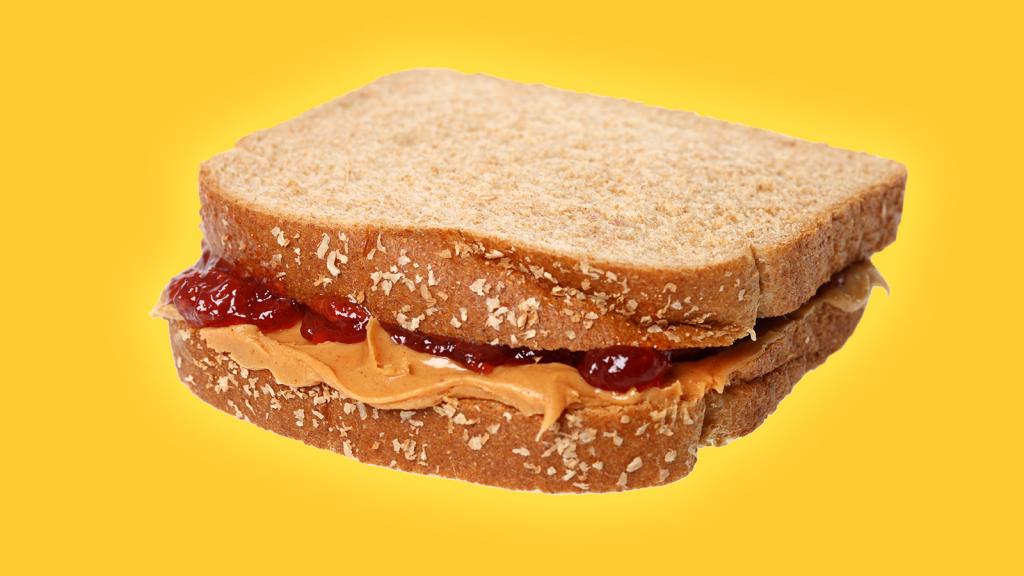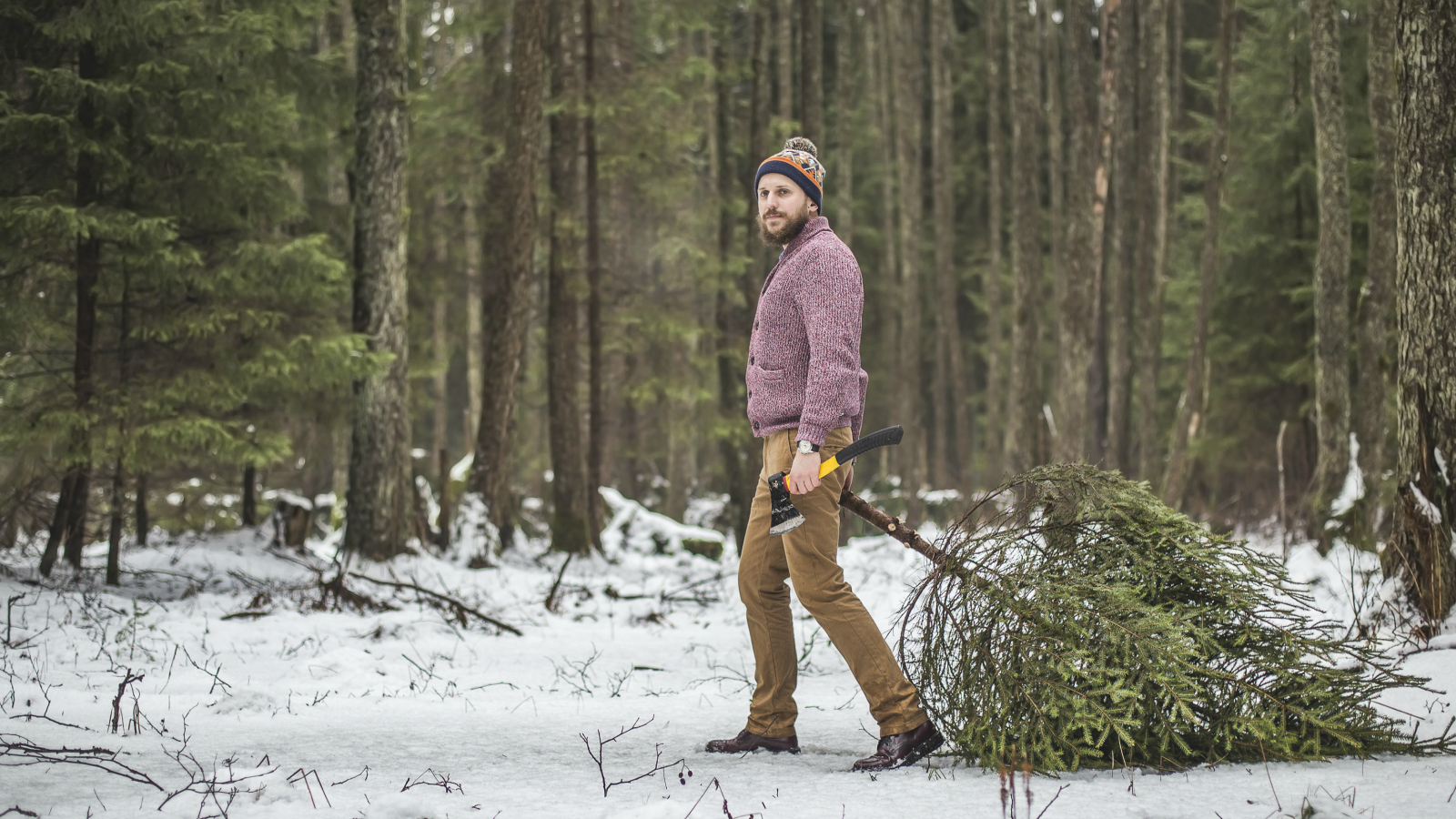Q. Dear Umbra,
I’m visiting my sister out West soon, and she suggested we go cut down a Christmas tree in the woods. This sounds like a terrible idea to me. Isn’t cutting down a perfectly good wild tree bad for the health of the forest? I thought we were trying to save the trees.
John K.
Decatur, Illinois
A. Dearest John,
It’s lovely to see you getting into the spirit of the season. Oh, I don’t mean by selecting this year’s Christmas tree — I mean by gearing up to argue with your loved ones. Family bickering is a time-honored holiday tradition, of course.
Allow me to hop in the sleigh and head this particular argument off at the pass. You haven’t gone mad: We’re still trying to save the trees. But get this: Cutting down a wild pine (or spruce, or fir — whatever you like to put under your LED star topper) can actually be beneficial to the ecosystem if you do it the proper way. The best places for DIY Christmas-tree chopping are public lands managed by the U.S. Forest Service and the Bureau of Land Management, most of them in the West or South, as well as state forests in the Midwest. Many of these areas are open for tree cutting if you get a $5 or $10 permit.
How is this good for the ecosystem? For one, selective thinning of the forest reduces competition among young trees, which will otherwise duke it out for sunlight and nutrients until some out-compete and kill off the others. For two, strategic sawing cuts back on fuel sources for future fires, helping prevent them from blooming into destructive mega-blazes. Then there’s the fact that a wild-cut tree is always organic, unlike most of the farmed trees out there, which get regular pesticide treatments.
To do this right, John, follow a few simple rules: Only cut a tree that’s growing within 10 feet of another tree (and pick the sicklier-looking of the two — the more Charlie Brown would like it, the better). Go for one with a trunk that’s six inches or less in diameter. Don’t cut a tree with a nest in it or other visible signs of wildlife. And never just chop off the top of a larger tree thinking the tree will go on growing normally (it won’t).
There is one major drawback to decorating this way: You’ll almost certainly have to drive out into the woods some distance. So if you go this route, do all you can to reduce your carbon footprint: Choose the closest location possible, carpool with other merry tree-seekers, and if you have access to an electric or hybrid vehicle, use it. If your nearest public lands are hours away, a wild tree probably isn’t the best idea for you.
Which isn’t an environmental tragedy by any means, as farmed trees can be an (ever)green move too, whether you chop them yourself at the farm or buy them from a local lot. Tree plantations preserve open space and provide habitat for birds and other critters. Plus live trees can be composted when the new year rolls around. And some Tannenbaums are even raised organically. Grab one of these if you’re lucky enough to have a local source, but otherwise, I’d pick a locally grown conventional tree over an organic one that had to be shipped thousands of miles.
Whatever you do, don’t buy a fake tree. This time of year, I often get on my soapbox about how live trees are much better than PVC-laden, never-decomposing faux ones.
Finally John, your question reminds me of a joke my dad used to tell: “If trees could scream, would we still cut them down? We might — if they did it all the time.” Similarly: If we all decided to harvest our own Christmas trees from the wild, would it still be an eco-friendly move? Well, probably not. But only a fraction of holiday revelers do, either because most of us don’t have easy access to national forests or because it’s just easier to buy one: Of the 33 million live trees sold on this continent every year, a mere 2 percent are wild cut. So joining this rarefied group for Christmas 2016, in all likelihood, will have minimal impact.
Besides, wouldn’t you rather tromp around in a silent, snowy forest than wrestle with a troop of Cub Scouts at the local Christmas tree lot? So bundle up, find that tree, and celebrate with a cup of your favorite ‘nog. It’ll be positively Rockwellian. Happy holidays!
Coniferously,
Umbra



